Tap into Success – Zip Code Estimates for Fire Safety Excellence!
- Accurancy
- Efficiency
- Transparency
- Customization
- Time Saving
- Professionalism
- Cost Control
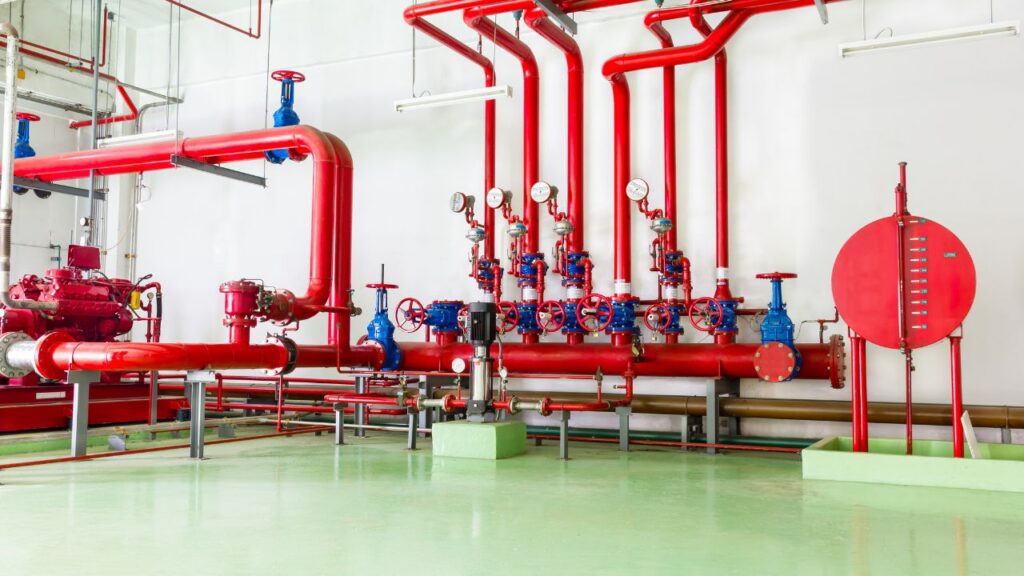
Ensuring robust fire safety measures within hospital buildings is a critical aspect of facility management. Hospitals, with their complex infrastructure and the need to prioritize patient and staff safety, require comprehensive fire safety systems. This article explores the key considerations and factors influencing the cost estimation for implementing and maintaining effective fire safety measures in hospital buildings.

The size and complexity of hospital buildings present a significant influence on the intricacies of fire safety systems. Larger facilities, often characterized by intricate layouts and numerous departments, necessitate a more extensive and sophisticated approach to fire safety. Implementing advanced alarm systems, strategically placed sprinklers, and well-defined evacuation routes becomes imperative for ensuring the safety of occupants. The scale of the building directly correlates with the costs involved in acquiring, installing, and maintaining the necessary equipment. Larger structures may require a higher quantity of fire safety devices and a more intricate network of systems, contributing to increased expenses in both initial setup and ongoing maintenance.

Fully Insured Licensed Hire a Contractor For Fire Safety
Get Contractor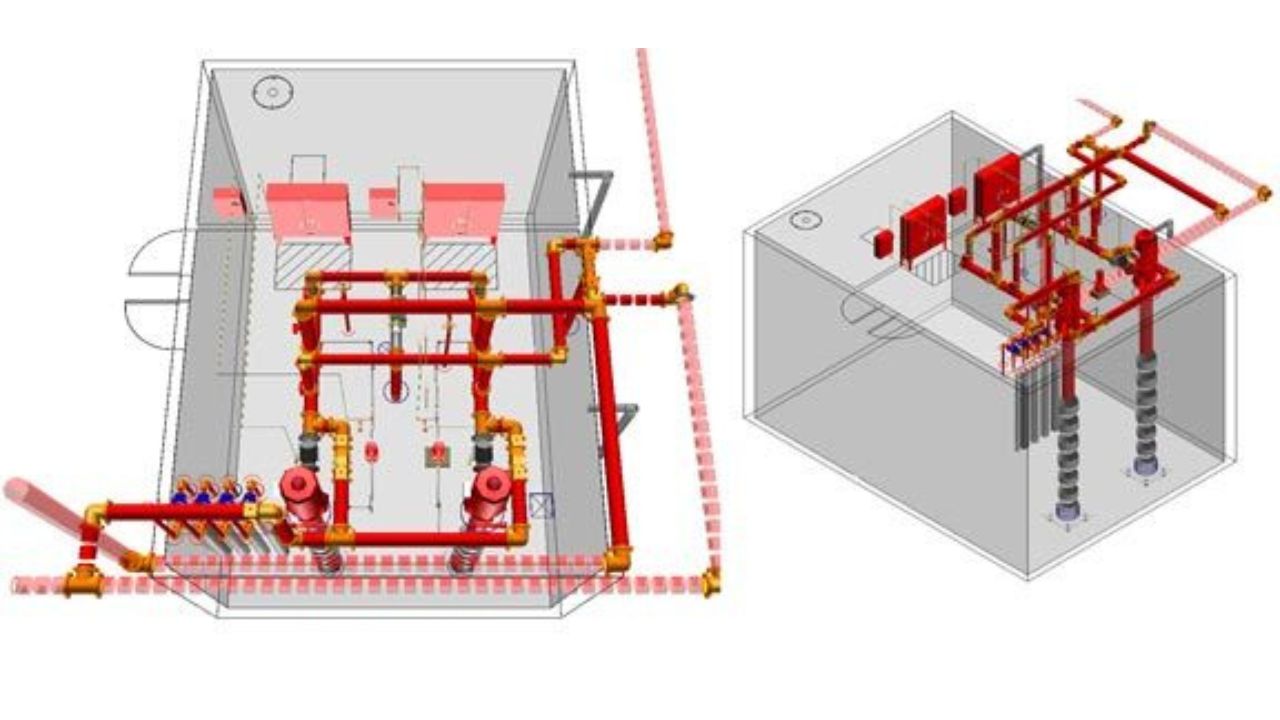
Make Informed Design Decisions Showcase Your Design Ideas
Get RenderingThe regulatory landscape surrounding fire safety is stringent, and hospitals must adhere to local, state, and national regulations to guarantee the well-being of occupants and avoid legal consequences. Ensuring compliance involves significant investments in specialized fire safety equipment that meets regulatory standards. Regular inspections, often mandated by regulations, add to the overall costs. Staff training programs are essential for maintaining compliance, as personnel need to be well-versed in emergency protocols. The cost of adhering to regulations is not just a necessary expense; it is a crucial factor in safeguarding the hospital’s reputation, avoiding penalties, and, most importantly, protecting lives.
Effective emergency response planning is a cornerstone of hospital fire safety. The complexity of hospital operations requires meticulous planning to address various scenarios. This includes establishing and regularly updating comprehensive emergency response plans. Conducting drills and training staff to respond swiftly and effectively during emergencies is paramount. The costs associated with planning, training, and conducting drills should be considered an investment in proactive risk management. Well-prepared staff and a well-executed emergency response plan can minimize damage, save lives, and contribute to the overall resilience of the hospital in the face of unforeseen events.
The nature of hospital environments demands cutting-edge fire detection and suppression systems to ensure rapid response and minimal damage. This includes the deployment of state-of-the-art fire alarm systems capable of quick and accurate detection. Automatic sprinklers are crucial for immediate fire suppression, and advanced fire extinguishing equipment adds an extra layer of protection.
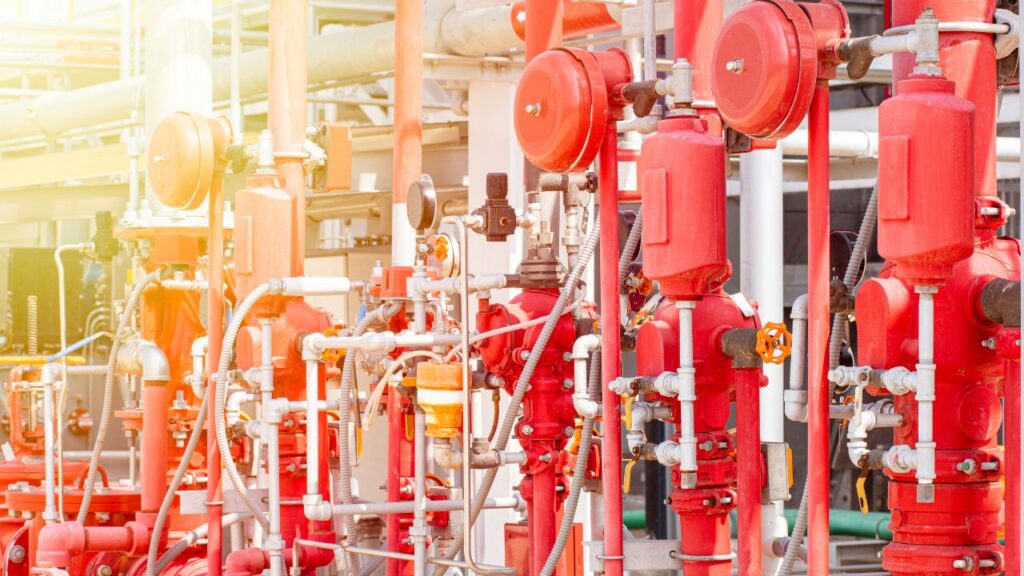
While the initial investment in these advanced systems might be higher, their ability to enhance response times and minimize damage justifies the costs. The long-term benefits, including potentially saving lives and protecting valuable hospital assets, make the implementation of advanced systems a prudent investment.
Certain areas within hospitals, such as laboratories and storage facilities, pose higher fire risks due to the nature of activities and materials involved. Installing specialized fire safety equipment tailored to these high-risk zones is essential. The costs associated with customizing and installing equipment for specific areas contribute to the overall fire safety budget. However, the targeted protection provided by these specialized measures is invaluable. Investing in the safety of high-risk areas demonstrates a commitment to comprehensive risk management and ensures a focused approach to fire safety throughout the entire hospital facility.
Well-trained staff is a cornerstone of effective fire safety in hospitals. Training programs, workshops, and awareness campaigns are vital components of fostering a proactive fire safety culture among hospital personnel. The costs associated with ongoing training initiatives should be viewed as an investment in the competency and preparedness of the staff. Trained personnel are not only equipped to respond promptly during emergencies but also play a crucial role in preventing incidents through their awareness and adherence to safety protocols. Allocating funds for continuous training reflects a commitment to maintaining a high standard of fire safety within the hospital.

The integration of technology into fire safety systems is a strategic move to enhance overall efficiency. Smart alarms, automated response mechanisms, and advanced monitoring systems contribute to quicker response times and reduced false alarms. While the initial investment in technological integration may be higher, the long-term benefits in terms of enhanced safety and operational efficiency can justify the costs. Technological advancements provide hospitals with tools to stay at the forefront of fire safety, allowing for proactive monitoring, early detection, and swift response to potential threats. The ongoing costs associated with technology maintenance and updates should be considered essential for maximizing the effectiveness of integrated fire safety systems.
Maintaining the reliability of fire safety equipment is a continuous process that involves regular maintenance and inspections. Hospitals must conduct scheduled inspections, perform equipment testing, and address any issues promptly to ensure that the fire safety systems are always in optimal condition. The ongoing costs associated with regular maintenance contribute to the overall budget for fire safety. However, viewing this as a proactive investment ensures that the hospital is consistently prepared to handle potential fire hazards. Regular maintenance not only extends the lifespan of equipment but also minimizes the risk of malfunctions during critical situations, reinforcing the hospital’s commitment to maintaining a high level of fire safety at all times.
In the complex environment of a hospital, it’s imperative to identify and prioritize high-risk areas where specialized fire safety measures are most needed. These areas, such as laboratories or storage facilities with flammable materials, pose elevated risks. Allocating resources based on thorough risk assessments allows hospitals to implement targeted and cost-effective fire safety solutions. By focusing on the areas with the highest potential for fire hazards, hospitals can ensure that their investments in safety measures are strategic and tailored to specific risks.
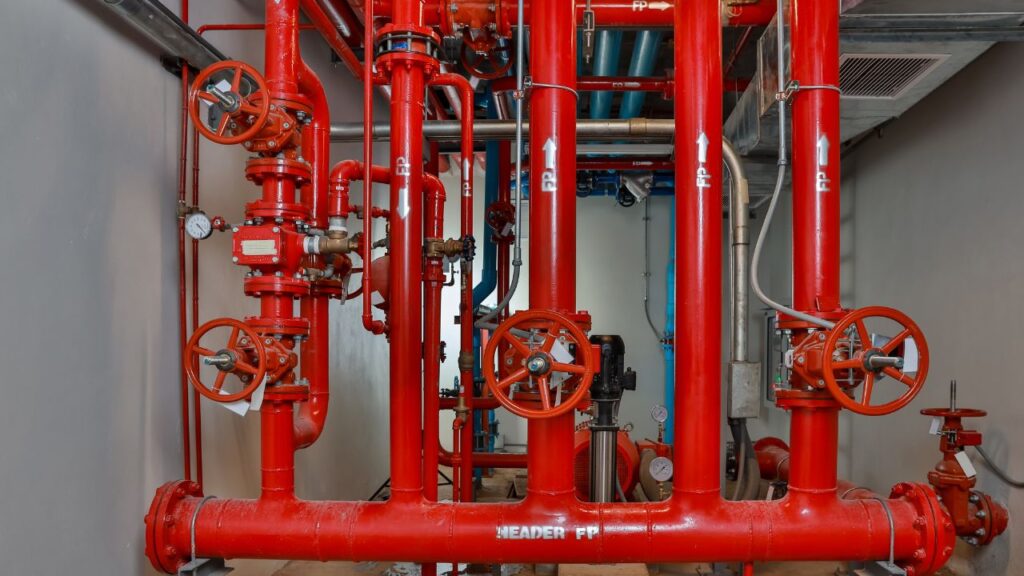
This approach not only enhances the overall effectiveness of fire safety but also optimizes resource allocation, demonstrating a proactive commitment to managing potential fire risks.
Investing in comprehensive training programs for hospital personnel is a fundamental strategy for enhancing fire safety. Well-trained staff is an invaluable asset in emergency situations, capable of responding swiftly and effectively. Training programs should cover various scenarios, emergency protocols, and the operation of fire safety equipment. By allocating resources to ongoing training initiatives, hospitals empower their staff to prevent incidents, respond adeptly to emergencies, and contribute to a culture of safety. The long-term benefits of having a skilled and prepared workforce include a reduction in the likelihood of accidents, minimized damage, and ultimately, the safeguarding of lives within the hospital environment.
Ensuring the reliability of fire safety equipment requires a proactive approach to maintenance. Implementing a regular maintenance schedule for fire safety systems is a cost-effective strategy in the long run. Regular inspections, testing, and timely repairs contribute to the longevity of the equipment, reducing the risk of malfunctions during critical situations. Allocating resources to ongoing maintenance is an investment in the continuous operational efficiency of fire safety systems. This approach not only maximizes the lifespan of equipment but also minimizes the likelihood of unexpected failures, reinforcing the hospital’s commitment to maintaining a high level of fire safety at all times.
While embracing advanced technology is crucial for enhancing fire safety, hospitals must choose solutions that align with their specific needs and constraints. Wise investment in technology involves selecting systems that provide tangible benefits without unnecessary complexity or costs. Whether it’s smart alarms, automated response mechanisms, or advanced monitoring systems, hospitals should prioritize solutions that offer a balance between innovation and cost-effectiveness. By leveraging technology wisely, hospitals can stay at the forefront of fire safety practices, benefiting from enhanced efficiency without compromising financial prudence.
Collaborating with fire safety experts and consultants who specialize in healthcare facilities is a strategic approach for hospitals. These professionals bring a wealth of experience and insights into cost-effective solutions tailored to the unique requirements of hospital buildings. By engaging with experts, hospitals can benefit from specialized knowledge, ensuring that their fire safety measures are not only effective but also optimized for cost efficiency. The guidance of fire safety consultants can assist hospitals in making informed decisions, implementing best practices, and staying compliant with regulations, ultimately contributing to a safer environment for patients, staff, and visitors.
The cost of prevention systems, including smoke detectors, fire alarms, and emergency lighting, typically starts at a few thousand dollars but can extend to tens of thousands, depending on the complexity and coverage required for the hospital. This increase in costs ensures robust prevention capabilities tailored to the unique challenges of healthcare facilities.
Sprinkler systems, a crucial investment for hospital fire safety, come with prices ranging from $6 to $18 per square foot, considering the type and size of the building. This adjustment acknowledges the importance of these systems, providing enhanced protection against potential fire incidents and ensuring the safety of patients, staff, and valuable medical equipment.
Fire-resistant walls, doors, and building materials contribute significantly to construction costs but are indispensable for enhancing overall safety. With this adjusted budget, hospitals can prioritize these passive measures without compromising on the integrity of the building structure, creating a more resilient environment against fire hazards.
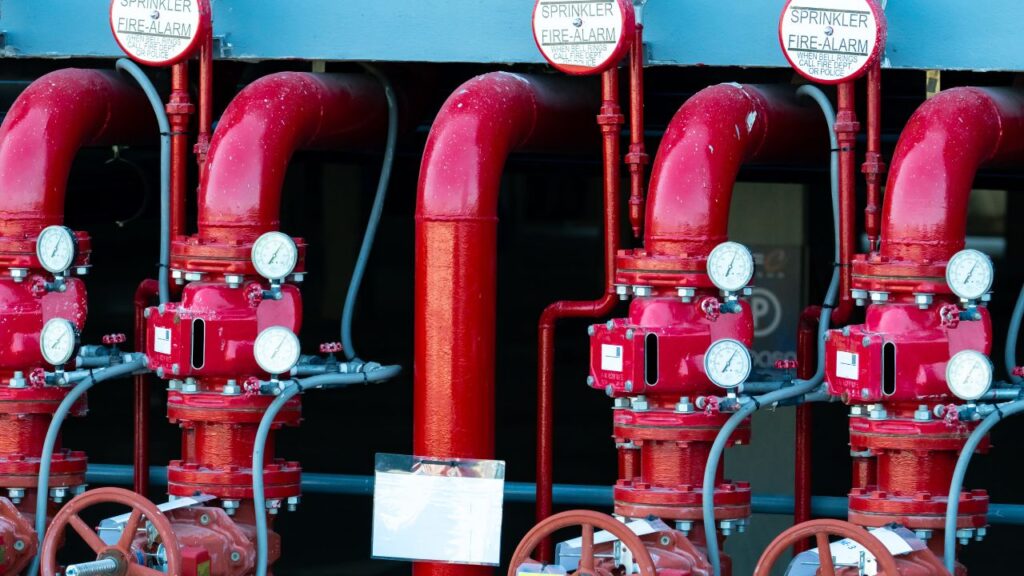
Regular maintenance and inspections are vital for the ongoing functionality of fire safety systems. Hospitals can allocate the necessary resources to ensure that all systems are routinely checked and well-maintained, minimizing the risk of malfunctions and optimizing the long-term performance of fire safety measures.
Ensuring robust fire safety in hospitals involves strategic considerations. Factors like building size, compliance, and advanced systems contribute to the cost estimation. Prioritizing high-risk areas, investing in staff training, and regular equipment maintenance are key strategies. Technology integration and collaboration with experts enhance efficiency. The cost breakdown covers prevention and protection systems, passive measures, and maintenance. By optimizing costs, hospitals demonstrate a commitment to safety, protecting lives, and preserving critical healthcare infrastructure.
Hospitals, due to their complex infrastructure and the need to prioritize patient and staff safety, necessitate sophisticated fire safety measures. Advanced alarm systems, sprinklers, and evacuation plans are crucial to ensure the safety of occupants in large and intricate healthcare facilities.
Hospitals must adhere to strict local, state, and national fire safety regulations. Compliance involves significant investments in specialized equipment, regular inspections, and staff training programs. While compliance is necessary for safety, it also contributes to the overall cost of maintaining effective fire safety measures.
Hospitals operate in a complex environment, requiring meticulous emergency response planning. Regular drills, training programs, and well-executed emergency plans are essential investments in proactive risk management. A well-prepared staff and effective emergency response contribute to minimizing damage and saving lives during unforeseen events.
Certain areas in hospitals, like laboratories and storage facilities, pose higher fire risks. Installing specialized fire safety equipment tailored to these zones is essential. While this incurs additional costs, the targeted protection provided by such measures is invaluable, demonstrating a commitment to comprehensive risk management.
Hospitals can optimize fire safety costs by prioritizing high-risk areas based on thorough risk assessments. Investing in staff training, regular equipment maintenance, and wise utilization of technology contribute to cost-effective strategies. Collaboration with fire safety experts ensures tailored and efficient solutions, demonstrating a commitment to safety while managing costs.
Here I am going to share some steps to get your hospital building fire safety cost estimate report.
You can send us your plan on info@estimatorflorida.com
Before starting your project, we send you a quote for your service. That quote will have detailed information about your project. Here you will get information about the size, difficulty, complexity and bid date when determining pricing.
Our team will takeoff and estimate your project. When we deliver you’ll receive a PDF and an Excel file of your estimate. We can also offer construction lead generation services for the jobs you’d like to pursue further.

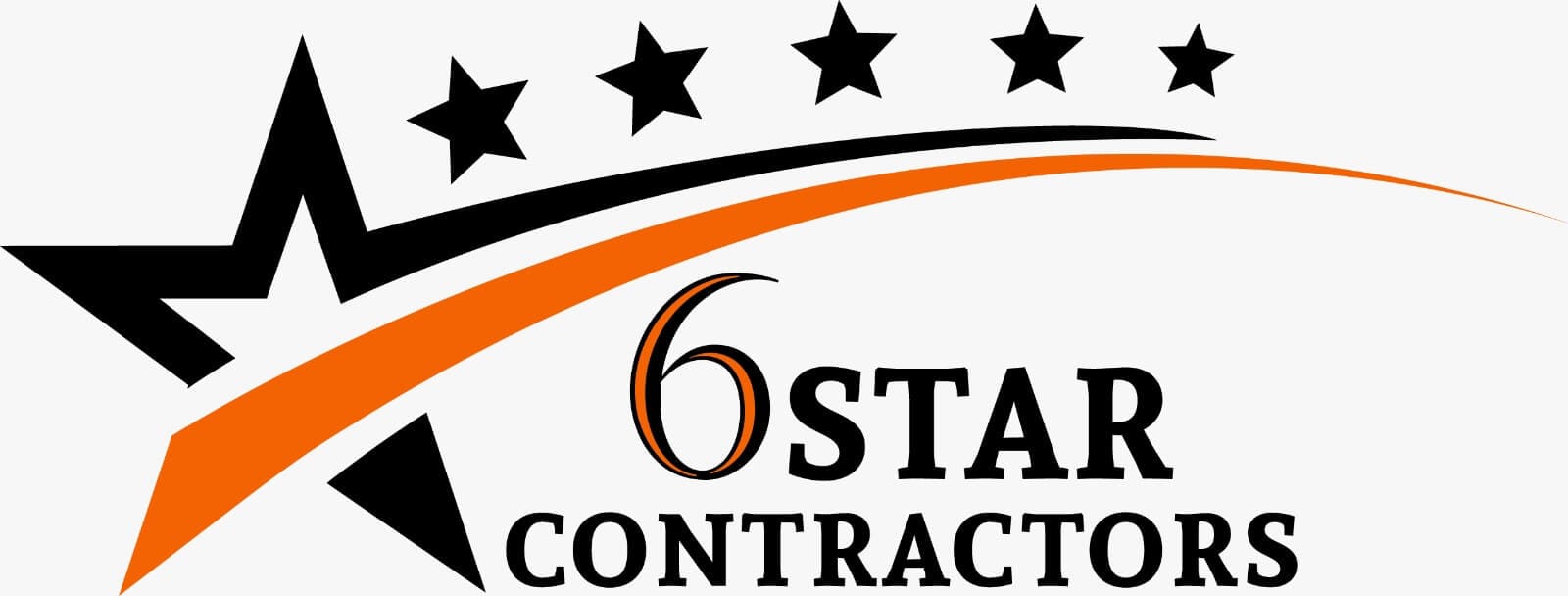

561-530-2845
info@estimatorflorida.com
Address
5245 Wiles Rd Apt 3-102 St. Pete Beach, FL 33073 United States
561-530-2845
info@estimatorflorida.com
Address
5245 Wiles Rd Apt 3-102 St. Pete Beach, FL 33073 United States
All copyright © Reserved | Designed By V Marketing Media | Disclaimer